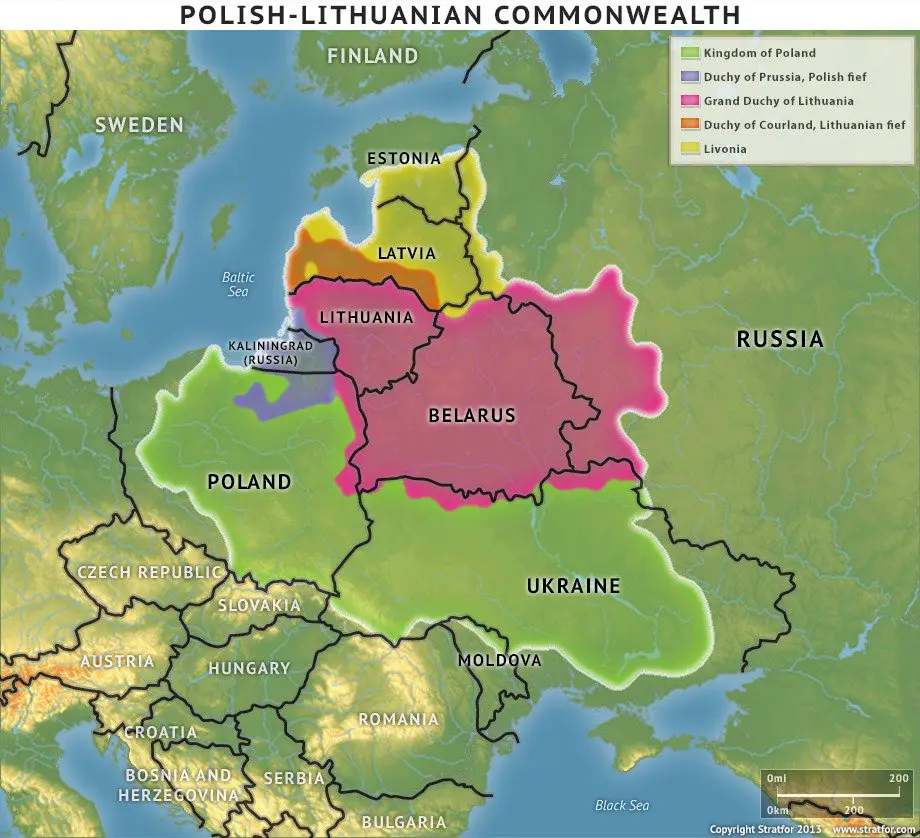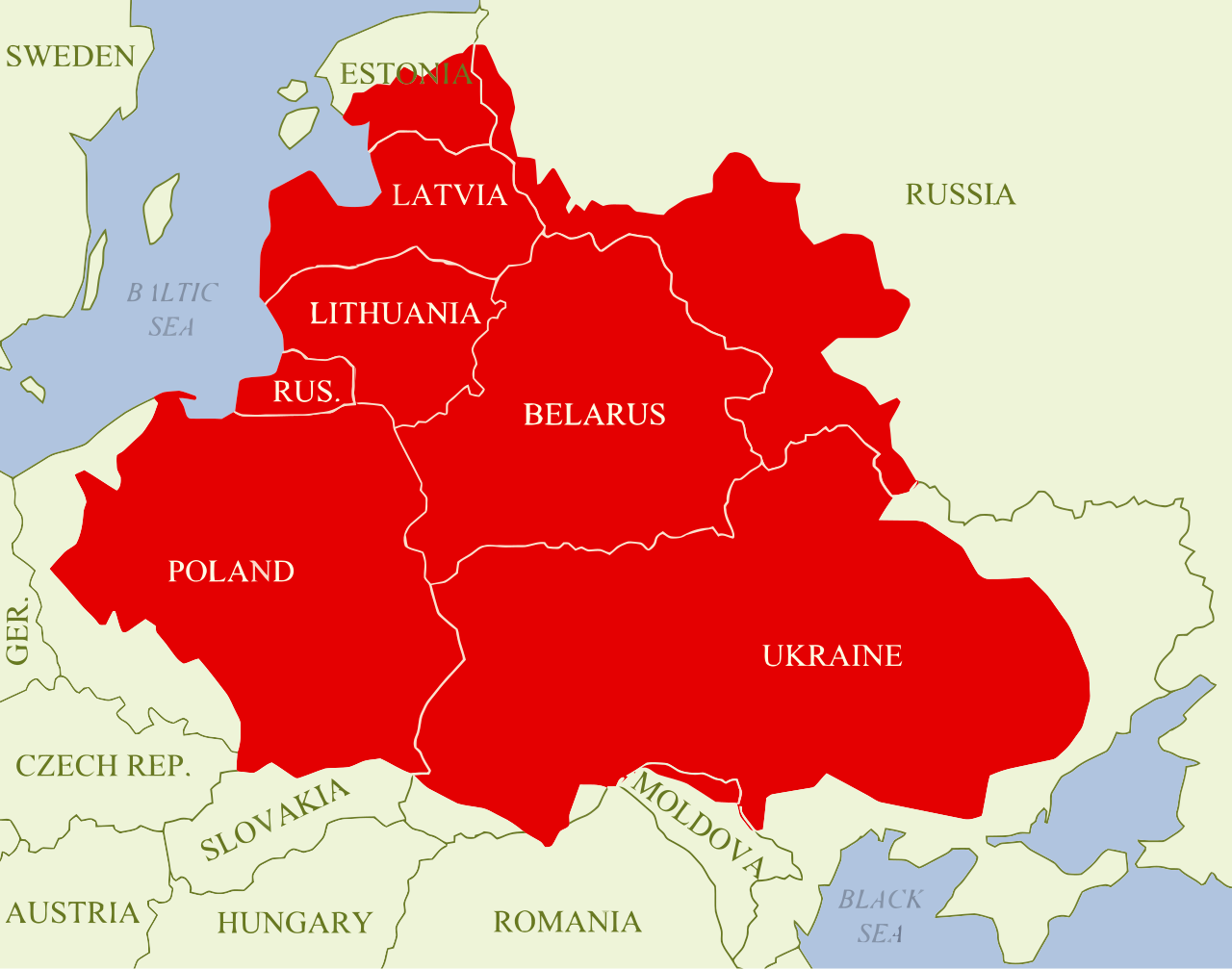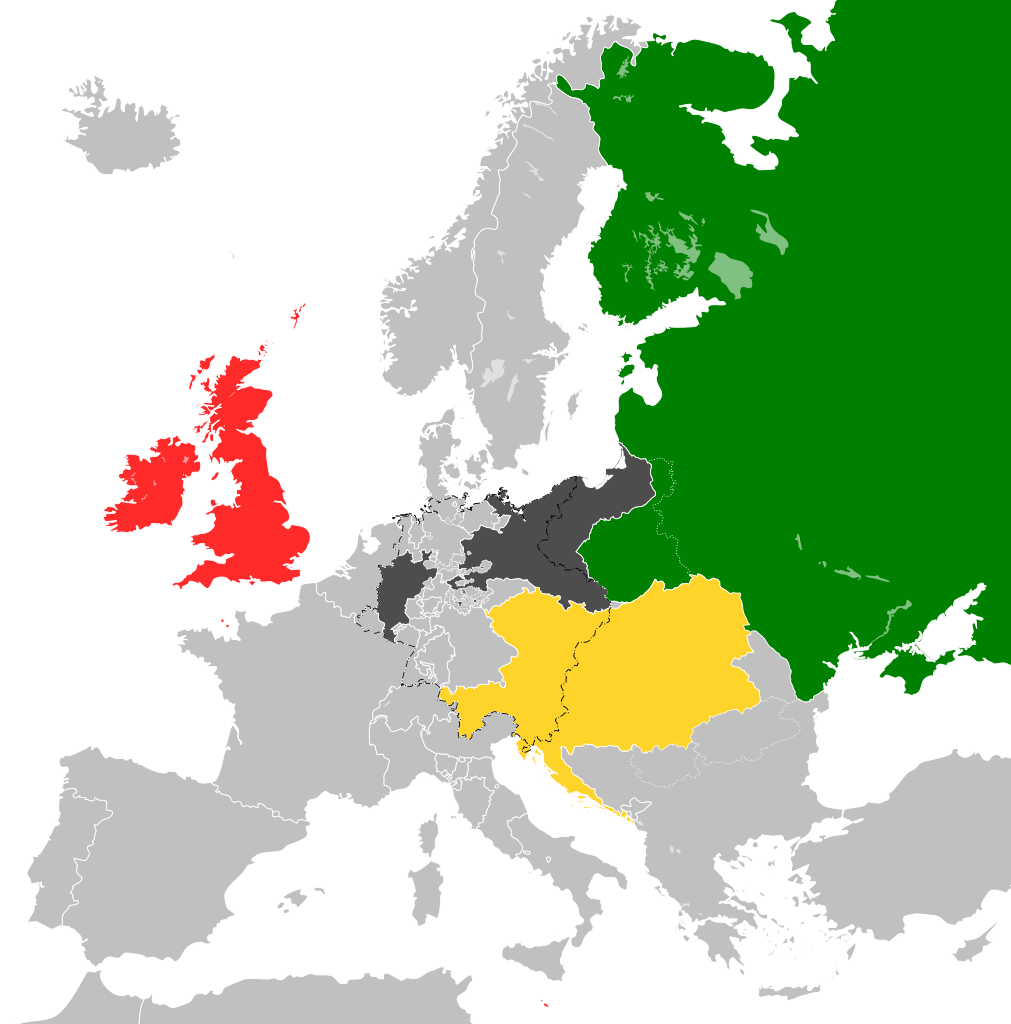The Rise and Fall of the Polish-Lithuanian Commonwealth
This post may contain affiliate links. As an Amazon Associate, we earn from qualifying purchases.
The Polish-Lithuanian Commonwealth, also known as the Republic of Both Nations, was one of the largest and most populous countries in 16th and 17th century Europe. Its formation, heyday, and eventual collapse are a fascinating tale of political prowess, cultural richness, and complex historical forces.
Formation and Expansion
The Commonwealth was established in 1569 through the Union of Lublin, which united the Kingdom of Poland and the Grand Duchy of Lithuania into a single state. This union was a response to shared threats from neighboring states and internal pressures. The new state became a multi-ethnic and multi-religious entity, incorporating various ethnic groups and faiths, including Poles, Lithuanians, Ukrainians, Belarusians, Jews, and others.
Heyday of the Commonwealth
The Commonwealth reached its zenith in the late 16th and early 17th centuries. At its peak, it was one of the largest countries in Europe, covering approximately 1 million square kilometers. Its population, estimated at around 11 million people, was diverse, comprising different ethnicities, languages, and religions.
The map below created by stratfor.com shows the Polish-Lithuanian Commonwealth over modern borders.

The Commonwealth’s GDP and GDP per capita were impressive compared to other European countries of the time. While exact figures are difficult to ascertain due to limited historical data, contemporary accounts suggest that the Commonwealth’s economic performance was robust, allowing it to compete with the likes of Spain, France, and the Holy Roman Empire.
Collapse of the Commonwealth
The decline of the Commonwealth began in the mid-17th century, marked by a series of wars, internal conflicts, and external pressures. The Khmelnytsky Uprising in the mid-17th century, followed by wars with Sweden, Russia, and the Ottoman Empire, weakened the Commonwealth’s position.
The Treaty of Andrusovo in 1667 and the Treaty of Karlowitz in 1699 resulted in significant territorial losses for the Commonwealth, reducing its size and economic power. The Great Northern War (1700-1721) further weakened the Commonwealth, leading to its eventual partition in the late 18th century.
The 1799 map below shows the partitions of Polish-Lithuanian Commonwealth.
“A map of the Kingdom of Poland and Grand Dutchy of Lithuania including Samogitia and Curland, divided according to their dismemberment”

The map has the following inscriptions: “This map is reduced from the Map of Rizzi Zannoni published at Paris in 1772, in 24 sheets, at the expense of the King of Poland.”
“The province called heretofore New Servia or New Rufsia, now making the Western Part of the Government of Catharinoslav according to the New Division of the Russians, is laid down, as well as the adjacent part of the New Government Taurida, from the Manuscript Map of L’Colonel Baron Rosen.”
“The Limits of the dismembered provinces a laid down according to the several manifestoes delivered in 1775 at Warsaw, by the Imperial, Russian, and Prussian ambassadors and finally adjusted in March 1797.”
“According to M’Coxe’s account Poland with Lithuania, before the dismemberment, contained 14,260,000 inhabitants.
The Auftrian province of Galicia dismembered from Poland contains 2,580,000 inhabitants.
The Rufsian province dismembered from Lithuania contains 1,550,000 inhabitants
The Prufsian province dismembered from Poland, and now called Weftern Prufsia contains 800,000.”
“Population of the dismembered provinces – 4,930,000.
Remain to Poland and Lithuania – 9,330,000 (Among whom 640,000 are Jews)”
In summary, the Polish-Lithuanian Commonwealth was a remarkable experiment in political and cultural coexistence. It stood as a beacon of tolerance and diversity in a time of religious and ethnic strife. However, internal divisions, external pressures, and a changing geopolitical landscape ultimately led to its demise. Despite its collapse, the legacy of the Commonwealth lives on in the shared history and culture of its successor states.
Keen on the Polish-Lithuanian Commonwealth’s history? You’ll find these books and historical maps intriguing.








